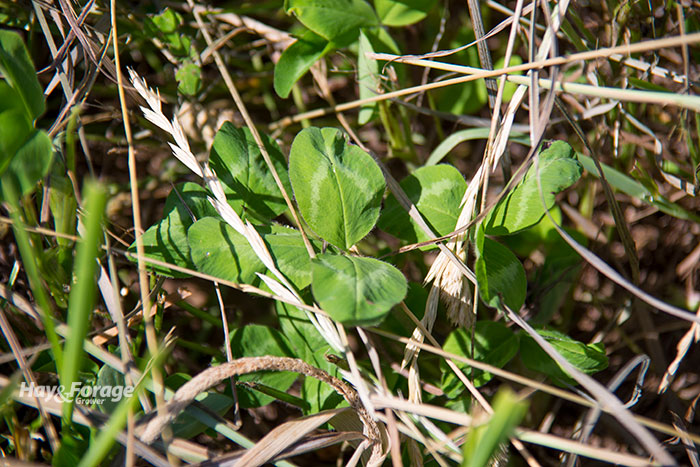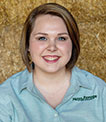Frost seeding time is approaching |
| By C.J. Weddle |
|
|
 Winter is often a time of rest and recuperation for many forage crops. However, during this period of dormancy, it is important that farmers prepare for the approaching spring and summer. Frost seeding is a practice that can enhance pasture forage production for multiple years to come. It allows seeds to be distributed onto undisturbed soils by broadcasting the seed on top of the ground. The natural freezing and thawing actions of the soil work the seeds into the soil where they can germinate as temperatures warm. Before casting hundreds of pounds of seed on your farm, consider the forage species that will offer the best chance of success. According to information from the Kentucky Master Grazer Program, legumes have the highest chance for successful frost seeding, and red or white clover have proven to offer the most desirable results. Birdsfoot trefoil is another legume that will establish, but it takes a longer time frame. The first year after planting, birdsfoot trefoil plants will be sparse, but by the second year, a well-populated stand should be present, and it will often persist for 10 or more years with proper management. Alfalfa generally does not establish successfully with frost seeding. Most grass species are not good choices for frost seeding. Perennial ryegrass and annual (Italian) ryegrass are the only grasses that offer a reasonable amount of success. Orchardgrass has been somewhat successful under favorable conditions, but frost seeding orchardgrass is not a suggested practice unless seeds are drilled into the soil. Frost seeding is done when the ground is frozen, which offers little opportunity to cause wheel traffic damage to pastures. It is also less expensive than traditional forage establishment practices. While this method may seem a little different from the normal approach to seeding crops, it is still very important to remember the basics. Seed-to-soil contact is critical for success. Seeds need to be broadcast directly onto the soil surface for freezing and thawing action to “pull” the seeds into the soil. If an area is designated for frost seeding, it’s often recommended to graze or mow it extremely close to the ground during the late fall or early winter to expose the soil surface. This exposure may be harder to accomplish in some pastures with sod-forming grasses present. It’s also vital to reduce competition from existing plants and weeds with the new forage seedlings. This can be done with timely grazing. Frost seeding forages into pastures can provide a mixed legume pasture that benefits the animal with higher nutrition and offers a nitrogen source for existing grasses, which often negates the need for commercial fertilizer. In a mixed grass-legume stand, bloat is rarely a concern.  C.J. Weddle C.J. Weddle served as the 2020 Hay & Forage Grower editorial intern. She currently attends Mississippi State University, majoring in agricultural education, leadership, and communications. She grew up on a farm in Vardaman, Miss., where her family raises sweet potatoes and soybeans. |
